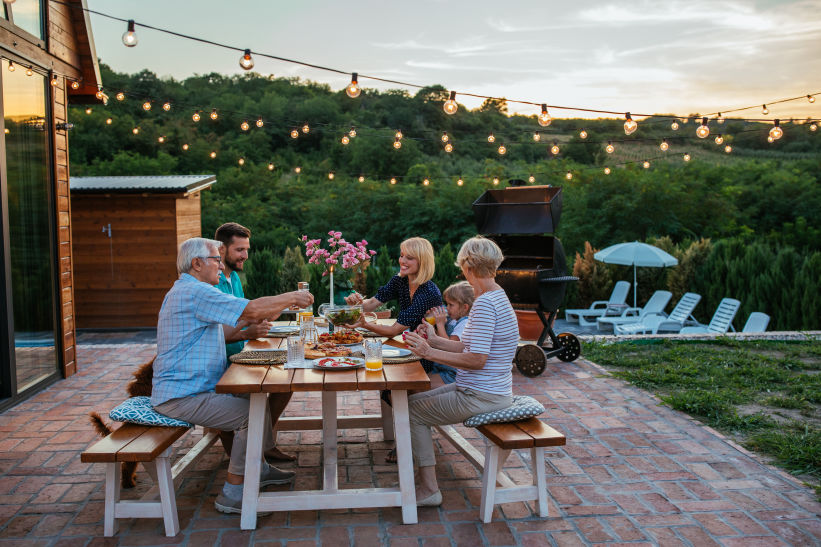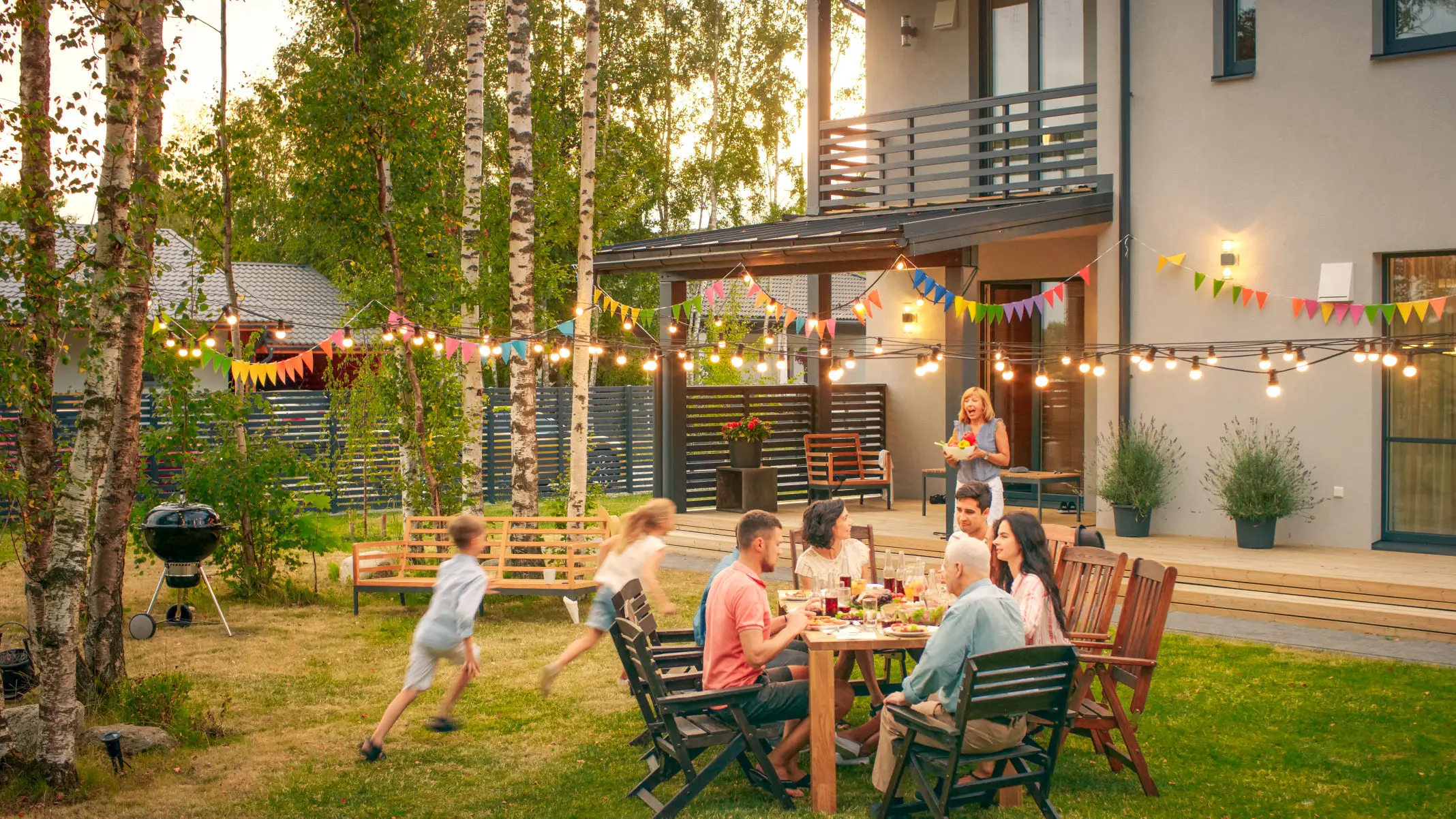


Let’s address the elephant in the room immediately: Bethel is expensive. The overall cost of living index sits at 129–134 (meaning 29–34% above the U.S. national average), and that number still understates the sticker shock most newcomers experience. This isn’t just “a little more expensive” — this is one of America’s most expensive places to buy everyday goods, comparable to Hawaii or high-cost coastal cities, but without the warm climate or metropolitan amenities that usually justify such costs.
Everything that can’t be produced locally must be flown in by cargo plane year-round from Anchorage, 400 air miles away. With no roads, no rail, and no winter barge access, logistics drive up the price of nearly every item on store shelves. A gallon of milk runs $8–$9. A dozen eggs costs $4–$5. Gasoline sits around $5 per gallon.
But here’s the paradox: despite the high costs, Bethel is actually one of the most financially advantageous locations in the United States for physicians earning $400,000+. Why? Because Alaska provides two massive benefits: no state income tax and no property tax in Bethel. These two factors alone save high-earning professionals tens of thousands of dollars every year — enough to offset nearly all the painful grocery and fuel costs.
Alaska is one of just nine states with no state income tax, which means a physician earning $400,000 keeps far more of their paycheck than they would almost anywhere else in the country. To illustrate, a physician earning $400,000 in:
Over ten years, a Bethel physician saves approximately $300,000–$400,000 in income taxes alone compared to peers in high-tax states — before factoring in property tax savings.
Bethel is one of Alaska’s rare communities that does not assess property taxes. This creates another massive annual savings compared to most states. On a $450,000 home, that means:
Over a decade, that’s another $50,000–$120,000+ in savings that physicians elsewhere simply cannot match.
Each year, every Alaska resident receives a Permanent Fund Dividend (PFD) — a payout from the state’s oil revenue. Recent PFDs have ranged from $878–$2,072. A family of four commonly receives $6,000–$8,000 total per year. Over ten years: $60,000–$80,000 just for living in Alaska.
Groceries are undeniably expensive. Expect:
A family of four typically spends $20,000–$30,000 annually on groceries. But with a $400,000 salary, groceries account for only 5–7% of gross income. Annoying? Yes. Financially crippling? Absolutely not.
Bethel is one of the only places in America where a physician can realistically choose not to own a car. Taxis cost $5 anywhere in town and arrive in minutes. Many physicians rely entirely on taxis for years — saving thousands annually on insurance, gas, and winter maintenance headaches.
If you want a personal vehicle, most physicians buy locally ($8,000–$15,000) or ship via summer barge ($3,000–$5,000). But it’s entirely optional.
With median home prices around $440,000 and no property taxes, housing becomes shockingly affordable relative to income. A $440,000 home at current interest rates is about $2,340/month — only 7% of your gross income. Compare that to:
Bethel’s financial structure allows physicians to save aggressively while living comfortably.
When you combine high income, no state income tax, no property tax, low housing costs relative to income, and moderate lifestyle expenses, Bethel becomes one of the best financial opportunities in the country for physicians.
A financially disciplined pediatrician in Bethel routinely saves $100,000+ per year — even after living comfortably, traveling regularly to Anchorage, and absorbing high grocery costs.
Over a decade, it’s common for Bethel physicians to build $500,000–$1,000,000+ in net worth far faster than their metropolitan peers who earn more but spend dramatically more on taxes and housing.
Bethel’s cost of living is undeniably high — but the cost of building wealth here is exceptionally low. That combination is rare, powerful, and transformative for physicians who understand the long-term financial math.
Bethel's housing market presents a paradox that initially confuses most physicians until they understand the math: home prices are genuinely high for such a remote location ($305,000-440,000 median), inventory is extremely limited (typically 12-17 homes listed at any given time), and the market moves slowly with homes spending 46-110 days on market. By conventional measures, Bethel housing looks expensive and constraining.
But here's what transforms the equation entirely: Bethel has zero property tax. Combined with your $400,000+ annual compensation, housing becomes one of the most affordable aspects of practicing in Bethel—consuming only 7-8% of your gross monthly income versus the 20-35% that metropolitan physicians typically pay. The sticker price is high; the actual cost of homeownership is extraordinarily low.
This section explains Bethel's housing reality—the limitations, the options, the financial advantages, and the practical strategies for securing housing in a market where inventory is scarce but affordability (for high earners) is exceptional.
Bethel's housing market operates under fundamentally different constraints than typical American real estate:
Extreme construction costs drive prices—every material must be flown or barged in, permafrost foundations add significant cost, and skilled labor is limited. A modest home that costs $200K to build in the Lower 48 costs $500K+ in Bethel.
Limited inventory (12-17 homes total) and low turnover keep the market slow: only 15-20 homes sell per year.
Current market conditions (Nov 2024–Jan 2025):
For homes in the $300K range, expect competition. With a $400K+ income, homes in the $400K-$600K range become extremely accessible.
Bethel’s zero property tax policy is a financial game changer. A $440K home in Bethel carries a monthly P&I payment around $2,342 with $0 property tax. Total cost is about $2,492/month.
That equals only 7.5% of your gross income.
Comparisons:
Over 10 years: Bethel homeowners save $50K–$150K+ in property taxes alone.
1. YKHC-provided housing may include furnished units, subsidies, or transitional housing. This is often the easiest option for new physicians.
2. Buying a home makes sense for anyone staying 3+ years. Here’s what price tiers usually offer:
Homes are function-first, not aesthetics-first: vinyl siding, small windows, minimal landscaping, exposed utilities—this is normal for permafrost regions.
3. Renting is common for 1–2 year contracts but costly:
Renting costs almost the same as owning but builds no equity.
Bethel housing is acquired through networking, not Zillow. During your onsite interview, current physicians typically share upcoming vacancies or homes for sale:
This informal network is the primary pipeline for housing and usually produces results within 30 days.
Option 1: Sell — ideal if staying 3–5+ years. Provides cash for a Bethel down payment and simplifies your finances.
Option 2: Rent it out — good if uncertain, but expect management costs and possible negative cash flow.
Option 3: Leave it vacant — simplest but expensive (mortgage + taxes + insurance with no offset).
Option 4: Let family live there — reduces risk but requires trust and clear expectations.
Because YKHC is constantly recruiting, you effectively have a built-in buyer pool of incoming physicians. Homes may appreciate slowly, but resale is relatively stable because healthcare workers need housing.
Bethel housing challenges include limited inventory, high prices, modest aesthetics, and slow traditional resale. But for a physician earning $400K+ with $0 property tax:
Housing is not the barrier in Bethel.
The real question is whether you can adapt to the isolation, climate, and lifestyle. The financial side of housing is overwhelmingly in your favor.



Physicians who relocate to Bethel consistently report that they feel safe in their daily lives. While online crime statistics paint a dramatic picture, they do not reflect what healthcare professionals actually experience. Crime in Bethel exists—but it is highly concentrated in specific populations, specific neighborhoods, and specific circumstances that physicians simply do not encounter in their day-to-day routines.
You will see the consequences of trauma, substance use, and domestic violence in your clinical practice, not as threats to your personal safety. The community deeply respects its healthcare workers, and your lived experience will feel far safer than the numbers suggest.
Where crime actually occurs
Physicians are outside these social circles. You are not attending high-risk gatherings, not walking through unsafe areas at night, and not part of the situations where violence occurs. As a result, your day-to-day life remains stable, predictable, and safe.
The actual physician experience
Healthcare workers overwhelmingly describe Bethel as safe for professionals:
Property crime is also surprisingly low—86% below the national average—because of the community’s close-knit nature and limited mobility. People know each other, and the social expectation to protect essential workers is strong. You will feel safe not because danger is absent, but because you are not part of the environments where it occurs.
What you will see—through medicine, not through personal risk
You will encounter:
But these happen to your patients, not to you. This distinction is critical. Safety concerns for physicians are minimal. The emotional weight of caring for a community facing serious challenges is the real consideration—not fear for your own safety.
Physicians adopt normal precautions:
You do not need:
What safety in Bethel is not:
The reality is straightforward: physicians feel safe in Bethel. Your family will feel safe with reasonable precautions. You will take normal steps to protect yourself, live in safe areas, and move through a community that values and protects its healthcare workers.
The real question is whether you can emotionally engage with a community facing real hardship while maintaining your own well-being. If the answer is yes, safety is not the barrier to your success in Bethel.
